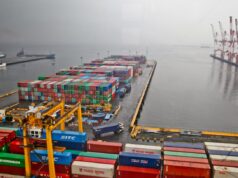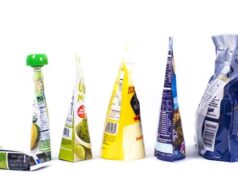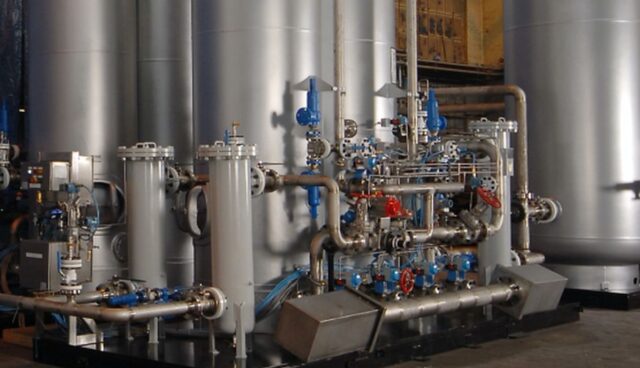
Nitrogen is a crucial component in various industries, from food packaging to pharmaceuticals. It’s used to create inert atmospheres, preserve products, and enhance manufacturing processes. Choosing the right type can significantly impact efficiency and cost-effectiveness. Two popular types are Pressure Swing Adsorption (PSA) and Membrane. Understanding their differences, advantages, and potential applications can help determine which is better suited for your industry.
When selecting a nitrogen generator for food industry applications, it’s essential to consider factors such as purity requirements, operating costs, and maintenance. Both PSA and membrane nitrogen generators offer distinct benefits and challenges. This article will delve into the specifics of each type, providing a comprehensive comparison to guide your decision-making process.
What is PSA?
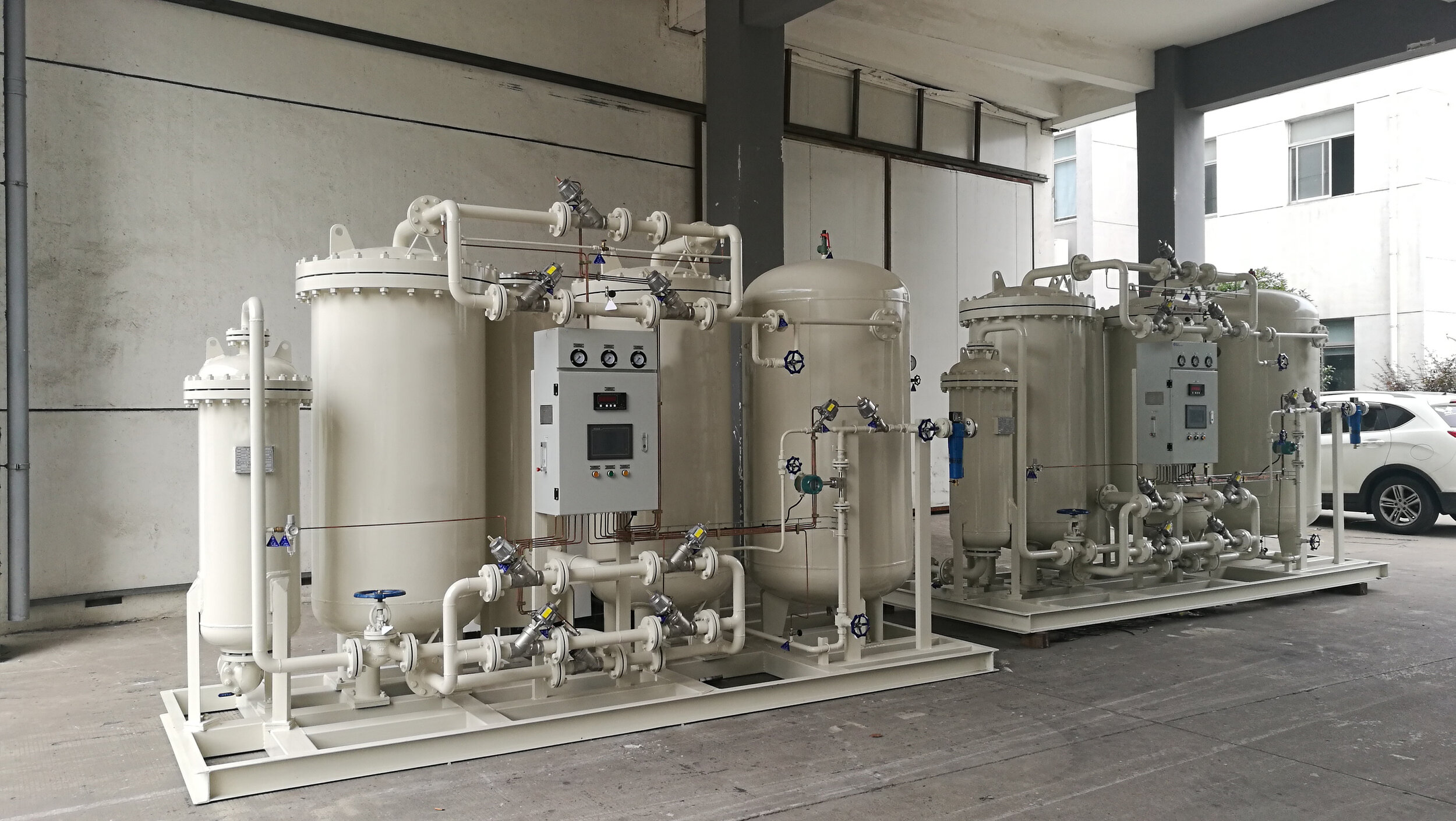
A PSA generator operates on the principle of pressure swing adsorption. This method separates nitrogen molecules from compressed air using adsorbent materials, typically carbon molecular sieves. Here’s how it works:
- Adsorption Phase: Compressed air is passed through an adsorption tower filled with carbon molecular sieves. These sieves trap oxygen, carbon dioxide, and other impurities while allowing nitrogen to pass through.
- Desorption Phase: The adsorbent material is regenerated by reducing pressure, releasing the trapped impurities. This phase ensures continuous nitrogen production as the process switches between two adsorption towers.
PSA generators are known for their ability to produce high-purity nitrogen, often exceeding 99.9%. They are highly reliable and can be customized to meet specific purity requirements, making them suitable for industries with stringent purity needs, such as pharmaceuticals and electronics.
What is a Membrane NG?
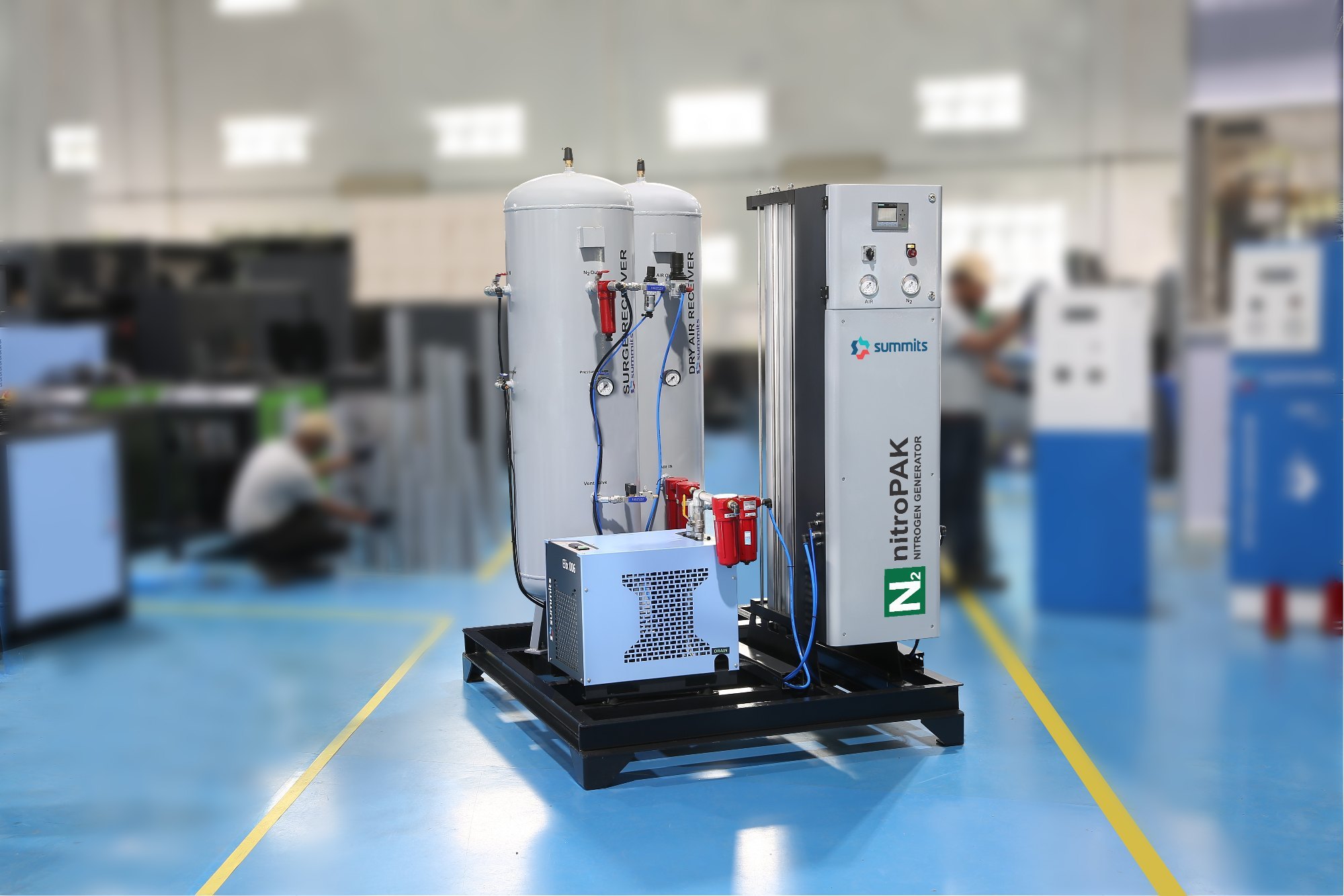
It use a different technology to separate nitrogen from compressed air. These generators employ hollow fiber membranes with selective permeability. Here’s a simplified explanation of the process:
- Compressed Air Filtration: Compressed air is first filtered to remove oil, water, and particulates.
- Membrane Separation: The filtered air passes through the hollow fiber membranes. Oxygen, carbon dioxide, and water vapor permeate through the membrane walls, while nitrogen is retained and flows out as a concentrated gas.
Membrane generators are valued for their simplicity and low maintenance requirements. They are particularly effective for applications where moderate nitrogen purity (up to 99.5%) is sufficient, such as food packaging and beverage production.
Key Differences Between PSA and MG
When comparing PSA and membrane, several key differences emerge:
- Nitrogen Purity:
- PSA: Can achieve very high purity levels, up to 99.999%.
- Membrane: Typically offer purity levels up to 99.5%.
- Operating Costs:
- PSA: Higher initial investment and operating costs due to the need for periodic replacement of adsorbent materials.
- Membrane: Lower operating costs with minimal maintenance, as membranes have a long lifespan.
- Maintenance Requirements:
- PSA: Require regular maintenance to replace adsorbent materials and ensure optimal performance.
- Membrane: Require minimal maintenance, primarily involving periodic checks and replacement of pre-filters.
- Footprint and Installation:
- PSA: Typically larger and may require more space for installation.
- Membrane: Compact and easier to install, making them ideal for facilities with limited space.
- Response Time:
- PSA: Have a slower start-up time due to the adsorption and desorption cycles.
- Membrane: Provide a quicker response time, making them suitable for applications requiring immediate nitrogen availability.
Choosing the Right One For Your Industry
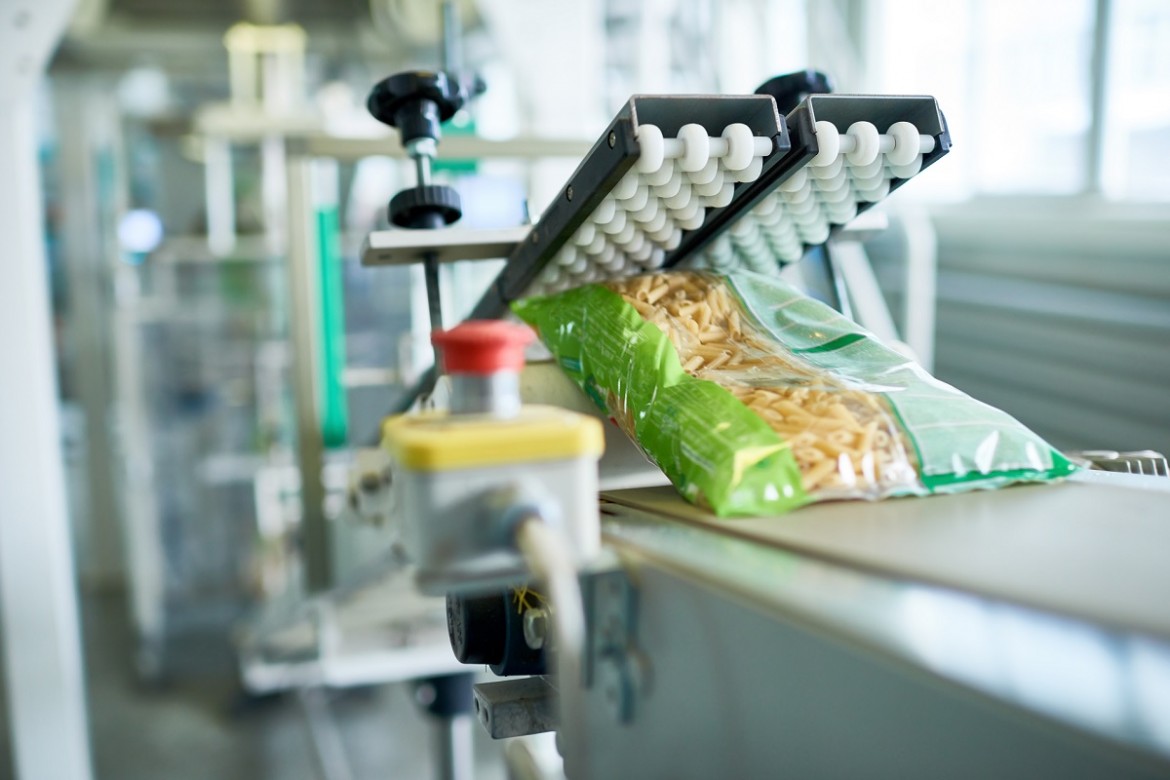
The choice between PSA and membrane generators depends on various factors, including your industry’s specific needs, budget, and space constraints. Here are some industry-specific considerations:
Food and Beverage Industry
For the food and beverage industry, nitrogen is crucial for preserving freshness and extending shelf life. Membrane generators are often preferred due to their lower maintenance and sufficient purity levels for most food packaging applications. However, PSA generators might be necessary for processes requiring ultra-high purity.
Pharmaceutical Industry
The pharmaceutical industry demands extremely high purity to ensure product quality and safety. PSA generators are generally more suitable for pharmaceutical applications due to their ability to achieve near-total purity.
Electronics Manufacturing
In electronics manufacturing, nitrogen is used to create inert atmospheres for soldering and assembly processes. High purity is essential to prevent oxidation and ensure the reliability of electronic components. PSA is typically the better choice in this sector.
Metal Fabrication
Nitrogen is used in metal fabrication to create an inert atmosphere during welding and laser cutting. Membrane generators can be sufficient for many metal fabrication applications, particularly where moderate purity levels are acceptable.
Cost-Benefit Analysis

When conducting a cost-benefit analysis, it’s crucial to consider not only the initial investment but also the long-term operating and maintenance costs. PSA generators might have higher upfront costs, but their ability to produce ultra-high purity nitrogen can justify the investment for industries with stringent purity requirements. Conversely, membrane generators offer cost savings in terms of lower maintenance and operating costs, making them a practical choice for many applications.
Environmental Considerations
Both PSA and membrane have environmental impacts that should be considered. PSA generators typically consume more energy due to the adsorption and desorption cycles. However, they can be more energy-efficient in the long run for high-purity applications. Membrane generators have lower energy consumption and are often more environmentally friendly due to their simpler operation and reduced maintenance needs.
Reliability and Longevity
Reliability is a crucial factor in selecting a nitrogen generator. PSA generators, with their robust design, often provide longer service life and consistent performance over time. Regular maintenance ensures their longevity and continued high performance. Membrane generators, while simpler, are also reliable and require less frequent maintenance. The longevity of membranes is commendable, but the lifespan may be shorter compared to the robust PSA systems.
Industry Regulations and Standards
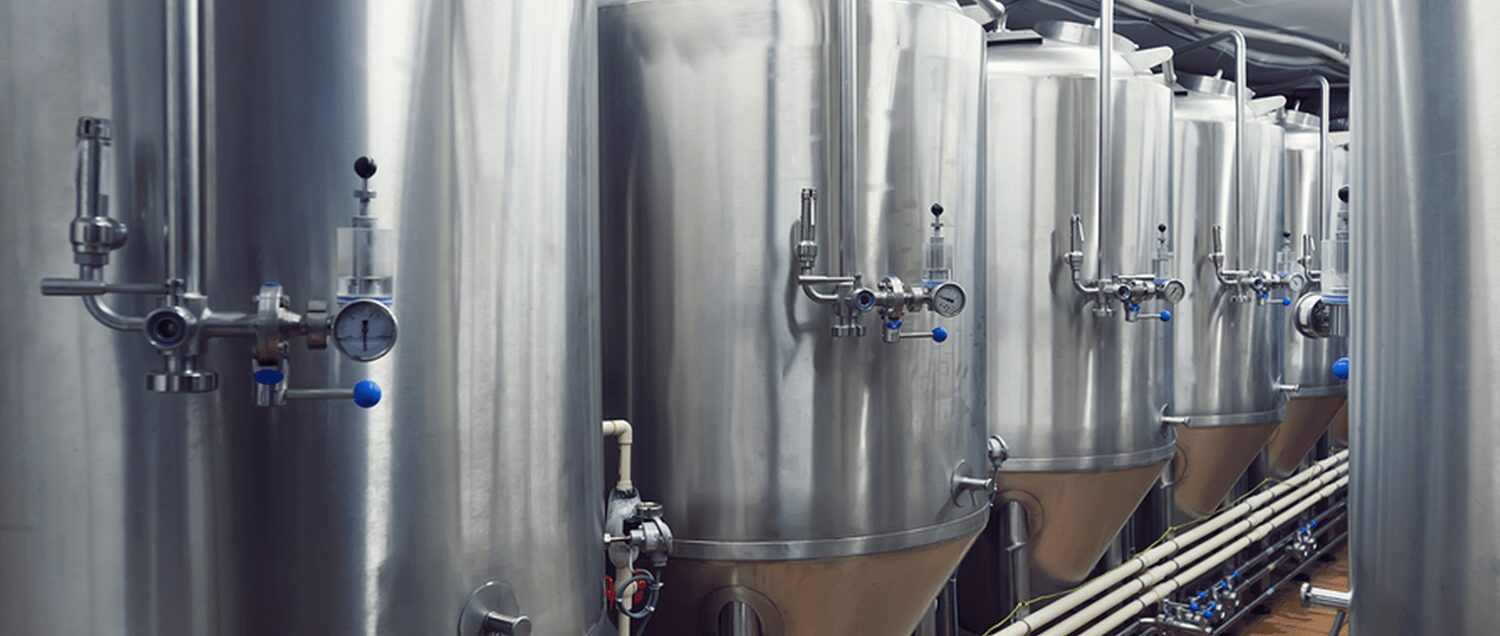
Compliance with industry regulations and standards is vital for any industrial equipment. PSA generators often meet stringent industry standards due to their ability to provide high-purity nitrogen. Industries such as pharmaceuticals and electronics, which have rigorous standards, may find PSA generators more suitable. Membrane generators, while compliant with general industrial standards, may not meet the highest purity requirements needed for certain applications.
Customization and Flexibility
Customization options can influence the choice between PSA and membrane generators. PSA can be tailored to specific purity and flow requirements, offering greater flexibility for industries with unique needs. Membrane generators, while customizable to an extent, may have limitations in achieving very high purity levels.
User Experience and Training
Ease of use and the level of training required for operation and maintenance are important considerations. PSA, with their complex adsorption and desorption cycles, may require more extensive training for operators. Membrane models, due to their simpler design, are generally easier to operate and require less training, making them suitable for industries with limited technical staff.
Scalability and Future Growth
Scalability is another factor to consider, especially for growing industries. PSA offer scalability options that can accommodate increased demand for high-purity nitrogen over time. Membrane generators are also scalable, but their application might be limited to scenarios where moderate purity suffices.
Conclusion
Choosing between PSA and membrane generators requires careful consideration of your industry’s specific needs, purity requirements, and budget constraints. PSA generators excel in applications requiring ultra-high purity, such as pharmaceuticals and electronics manufacturing. In contrast, membrane generators offer cost-effective and low-maintenance solutions for industries where moderate purity levels are sufficient, such as food packaging and metal fabrication.


